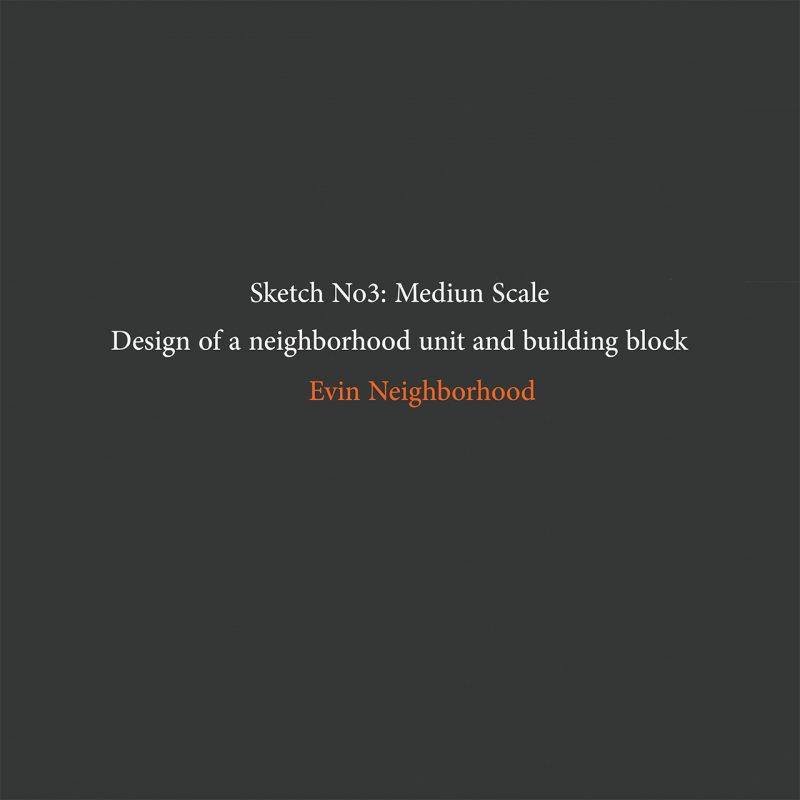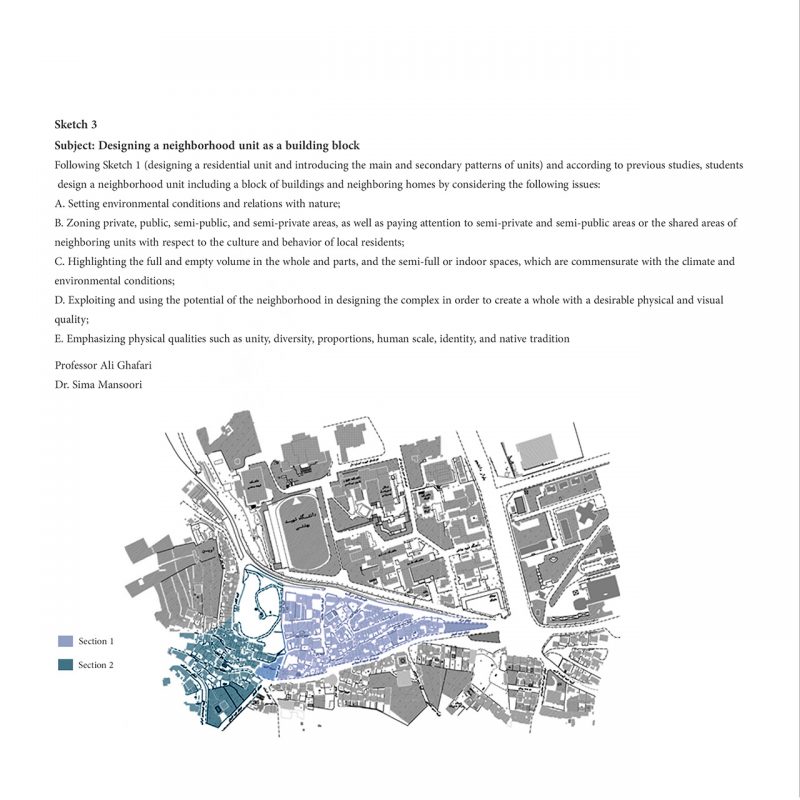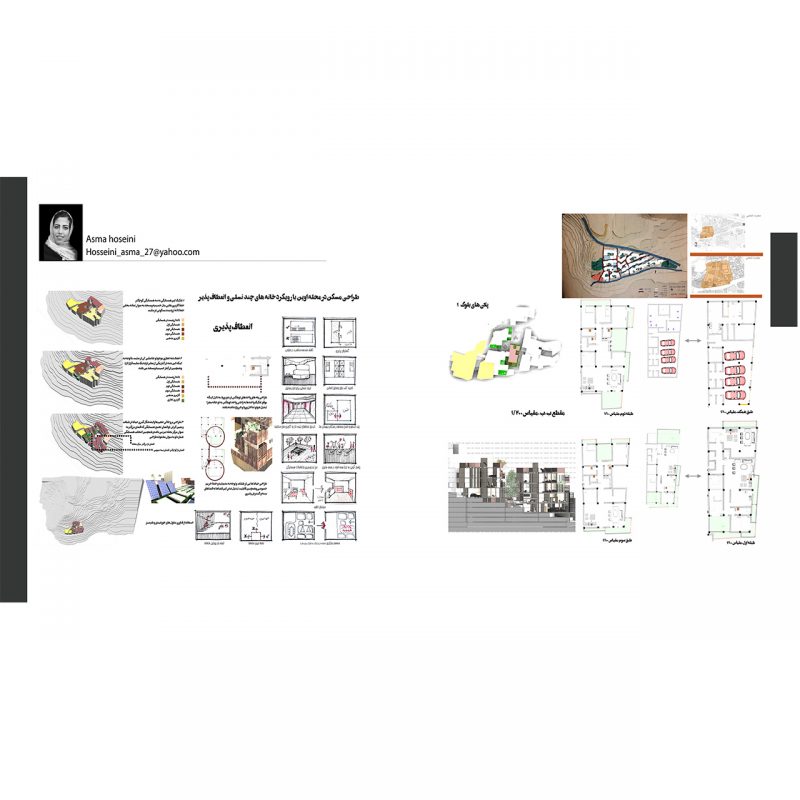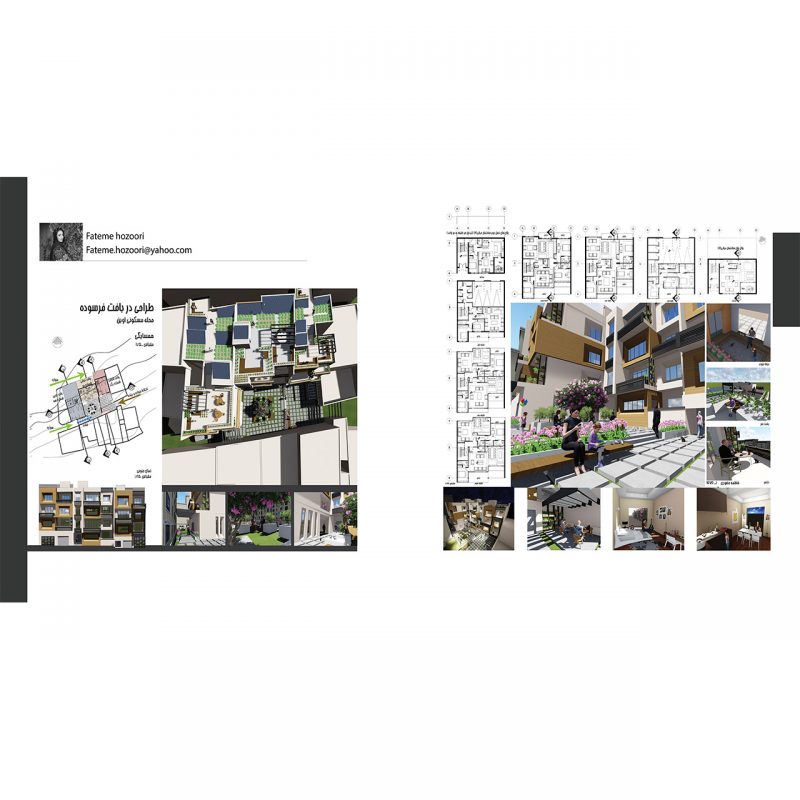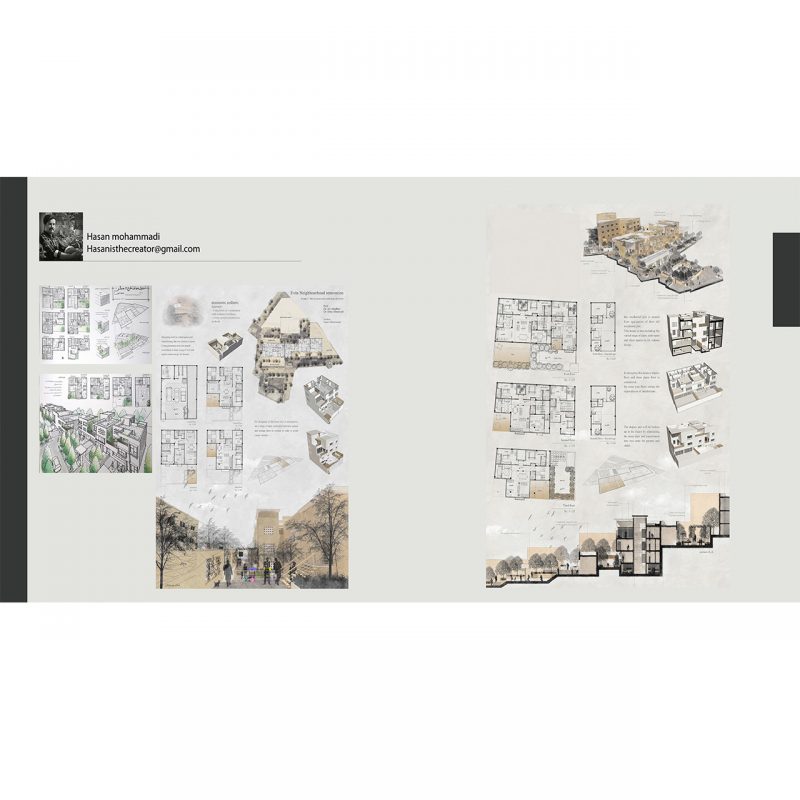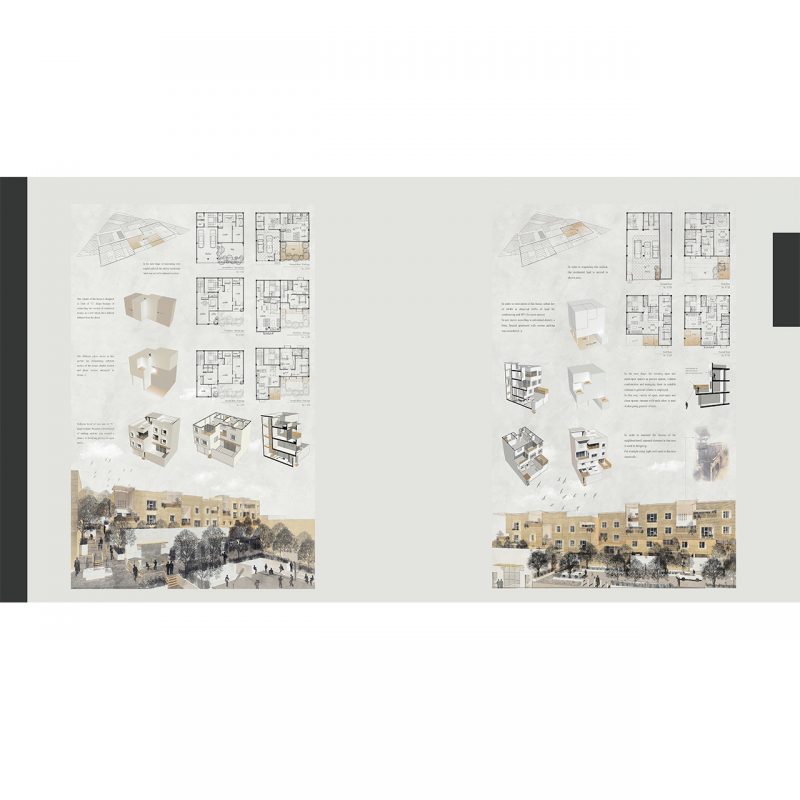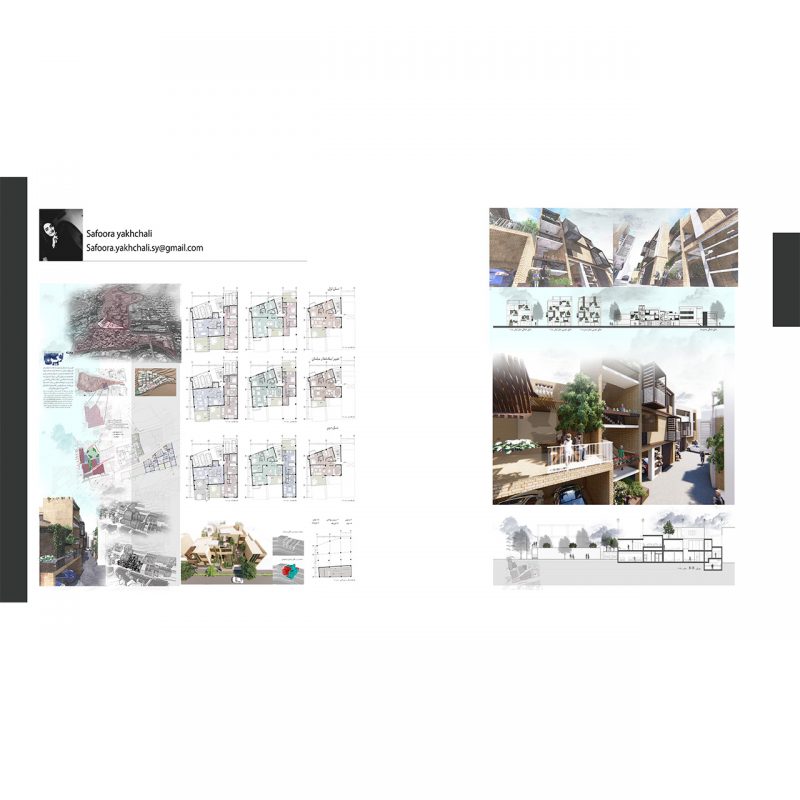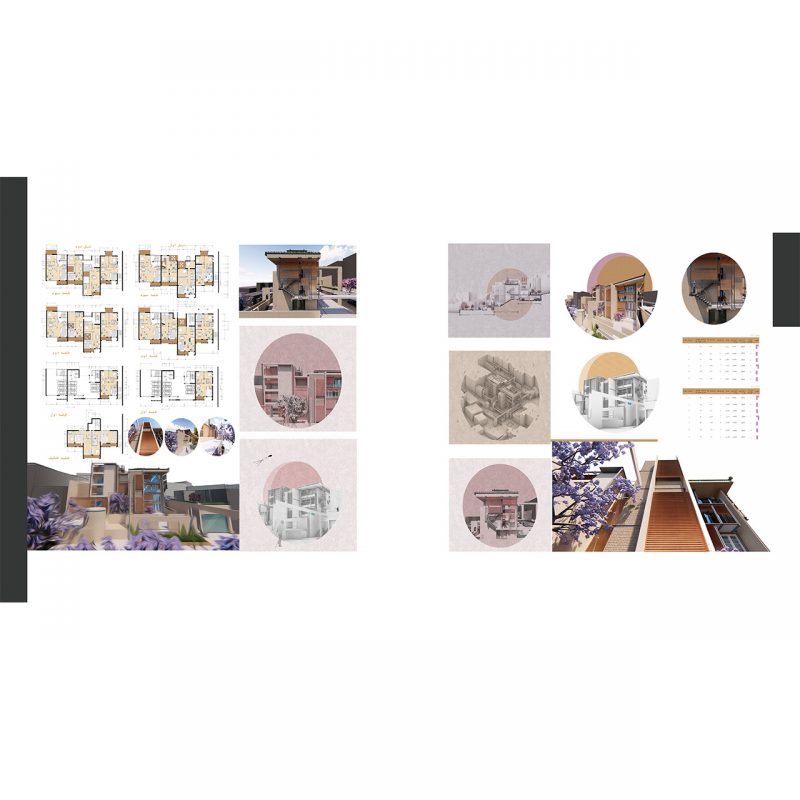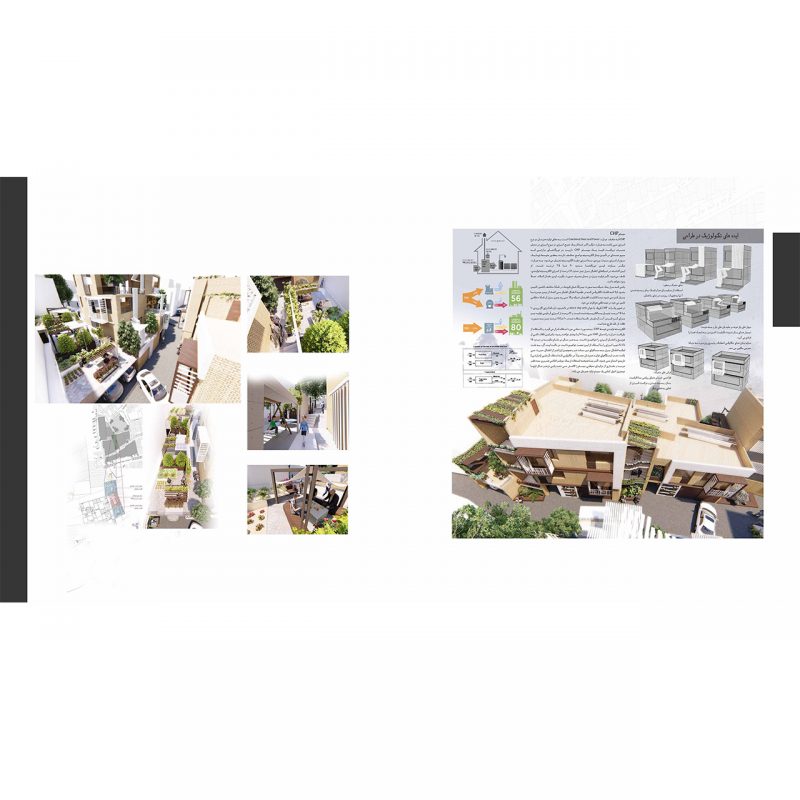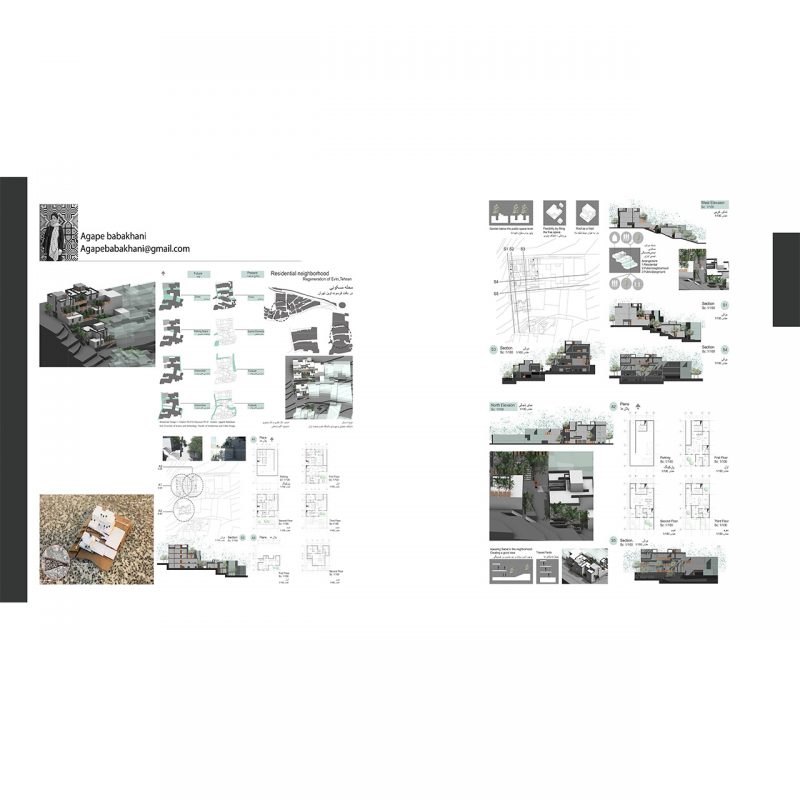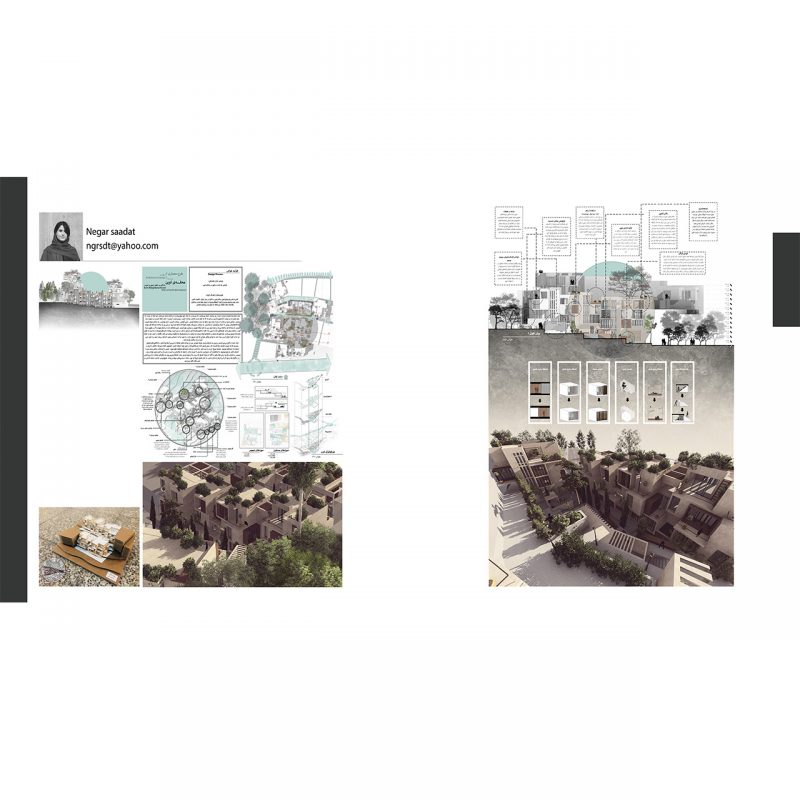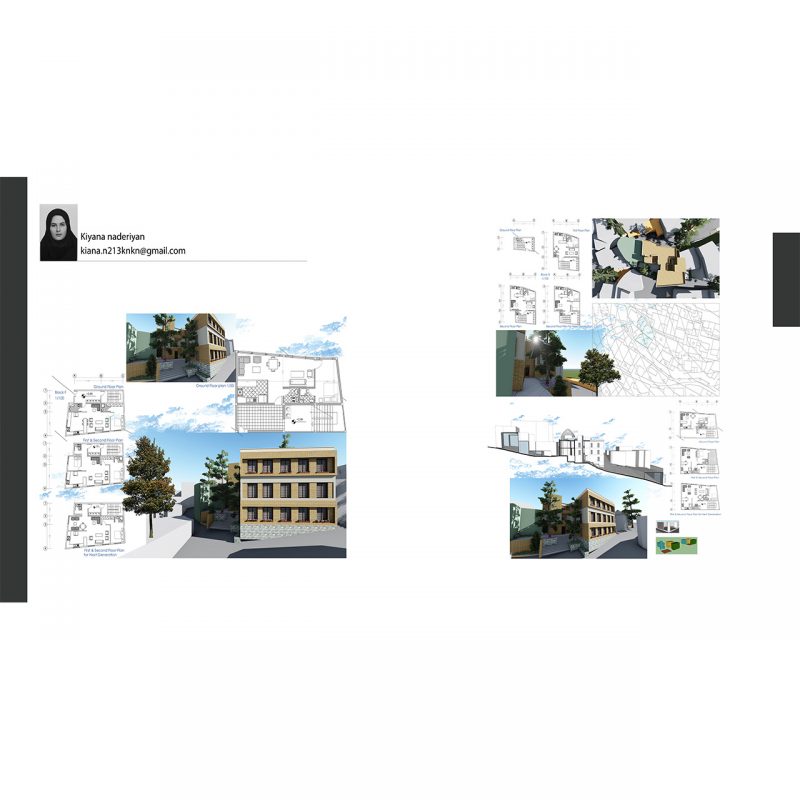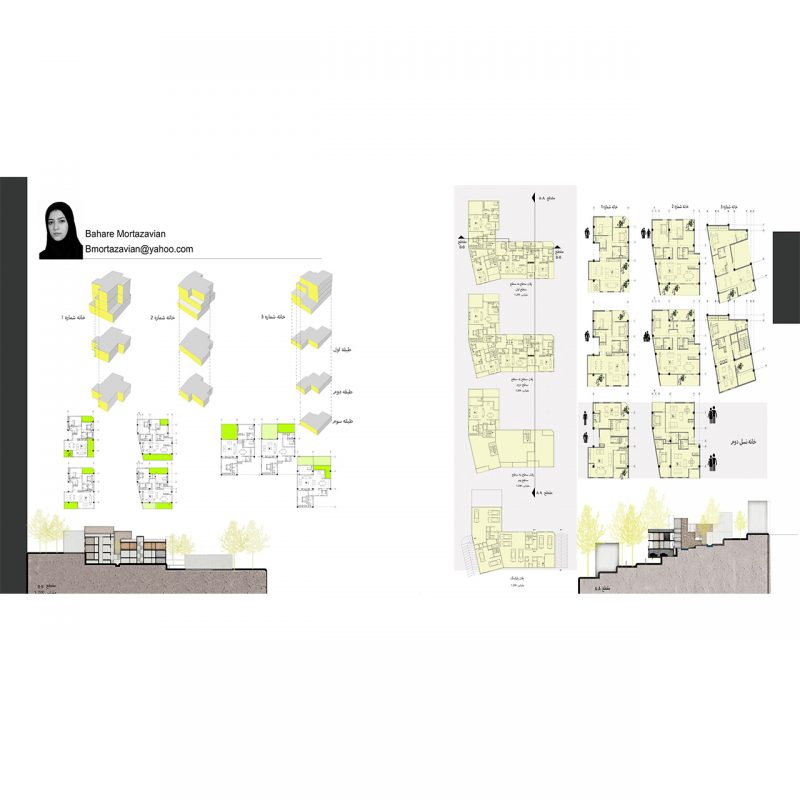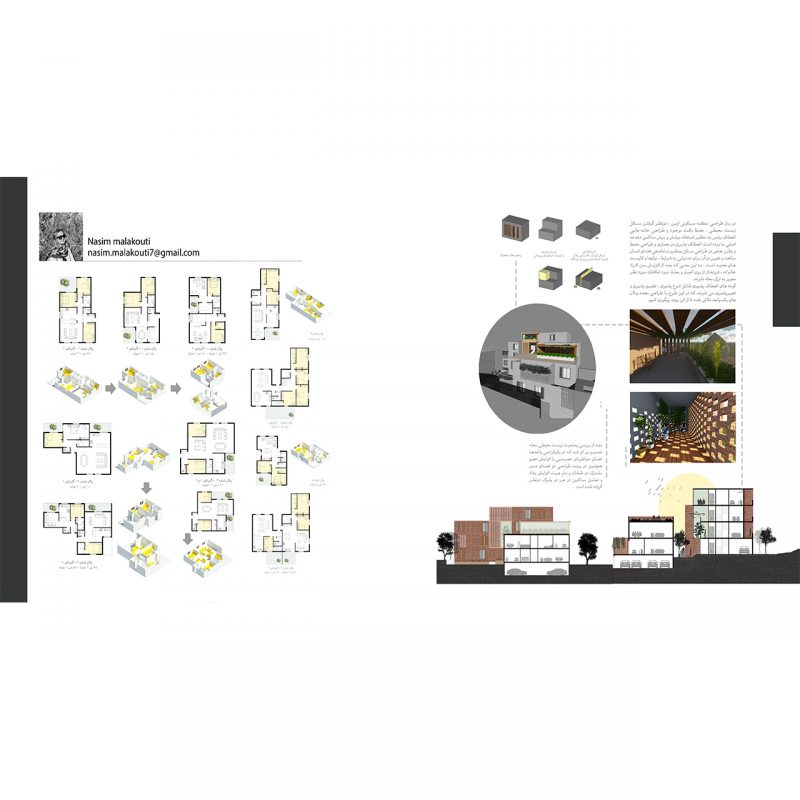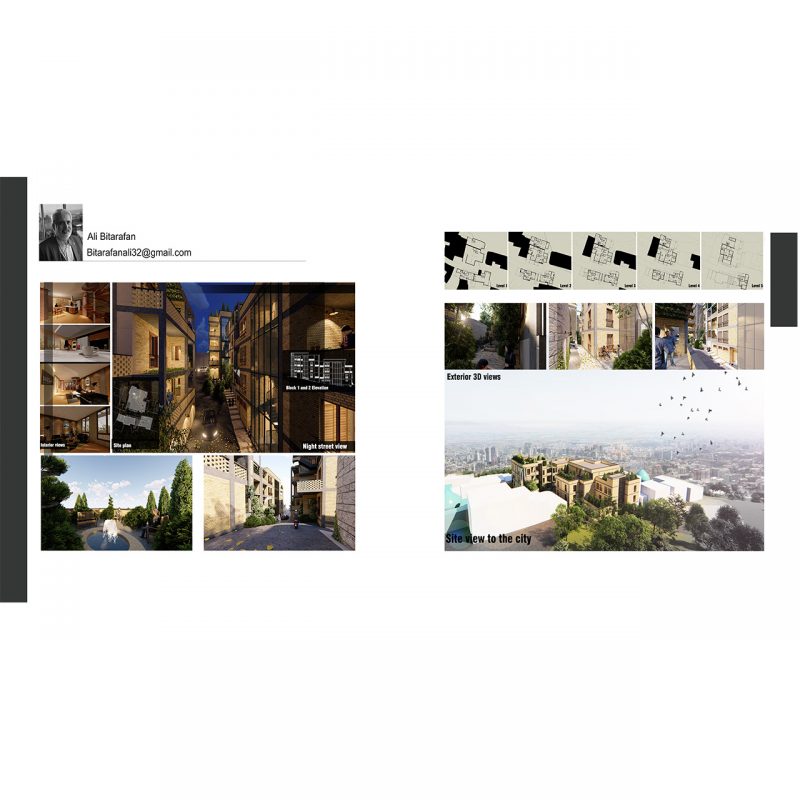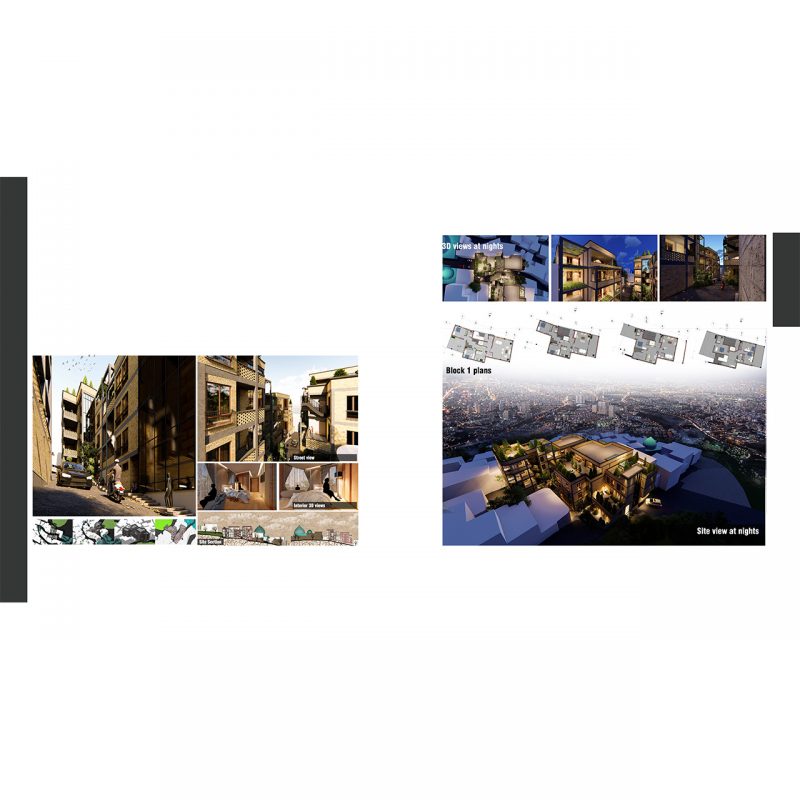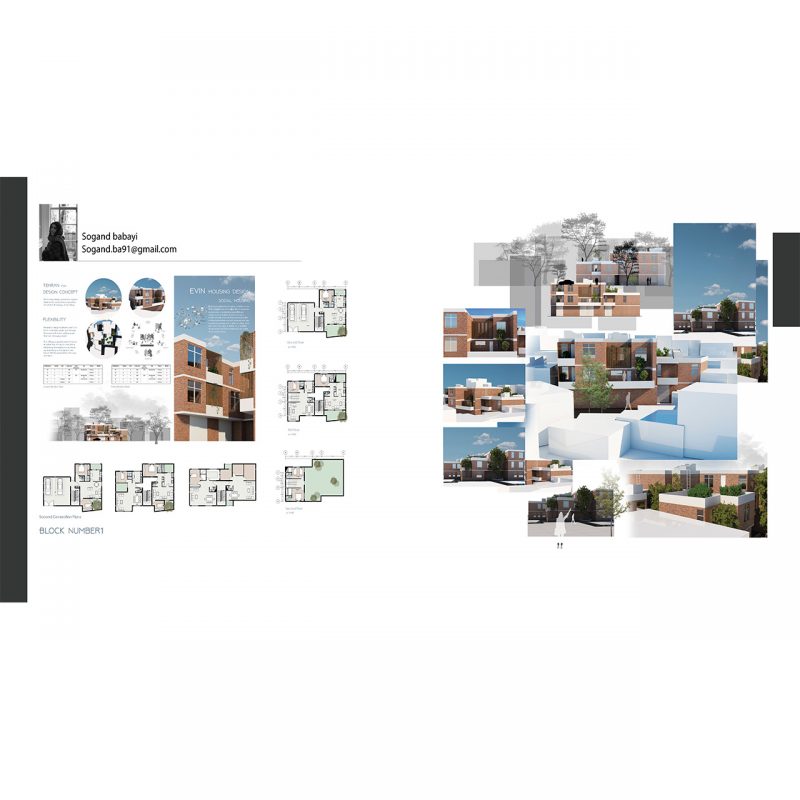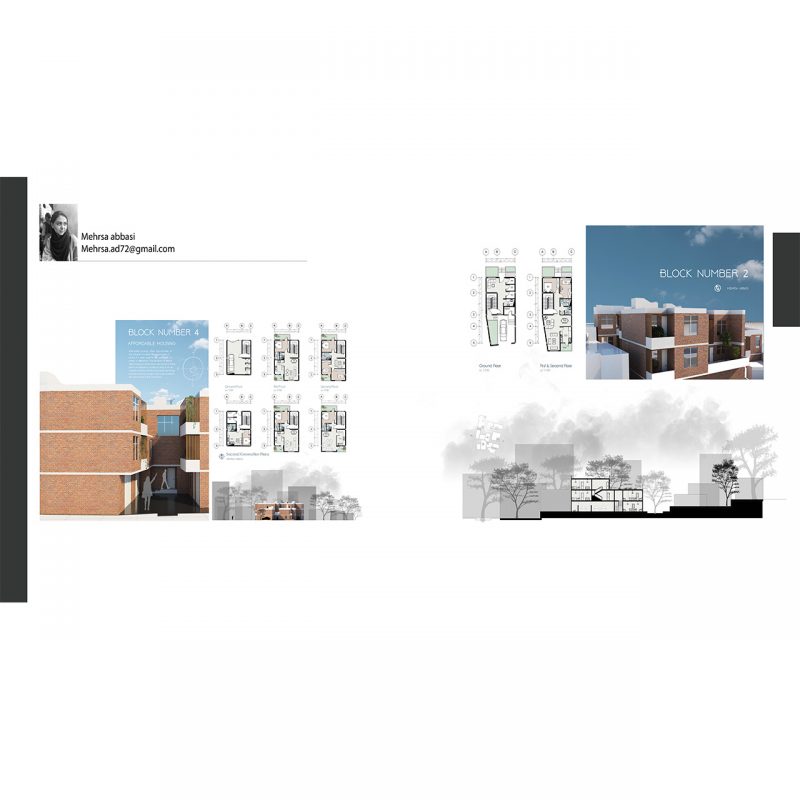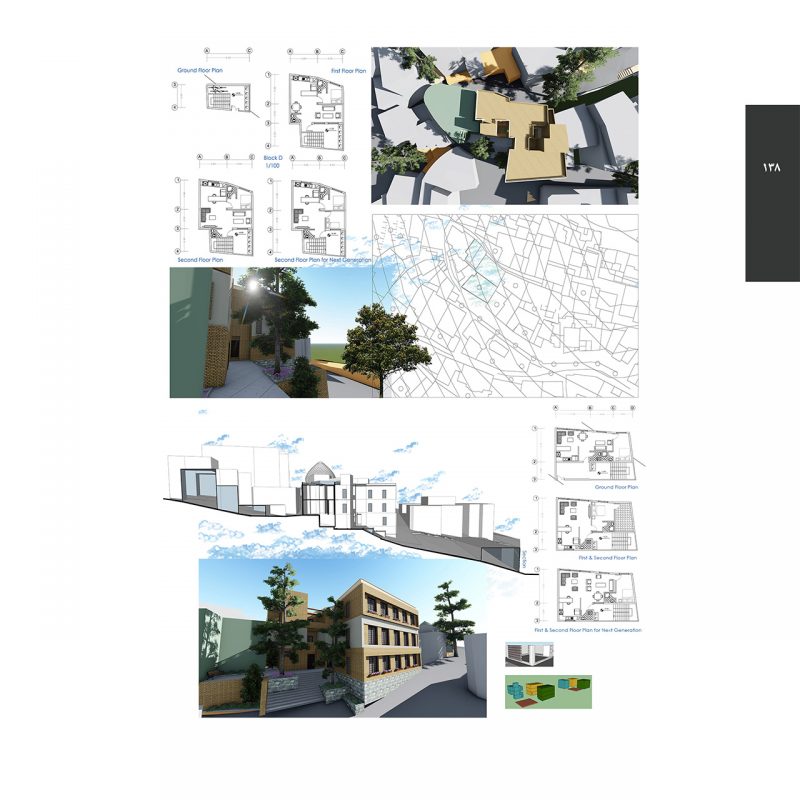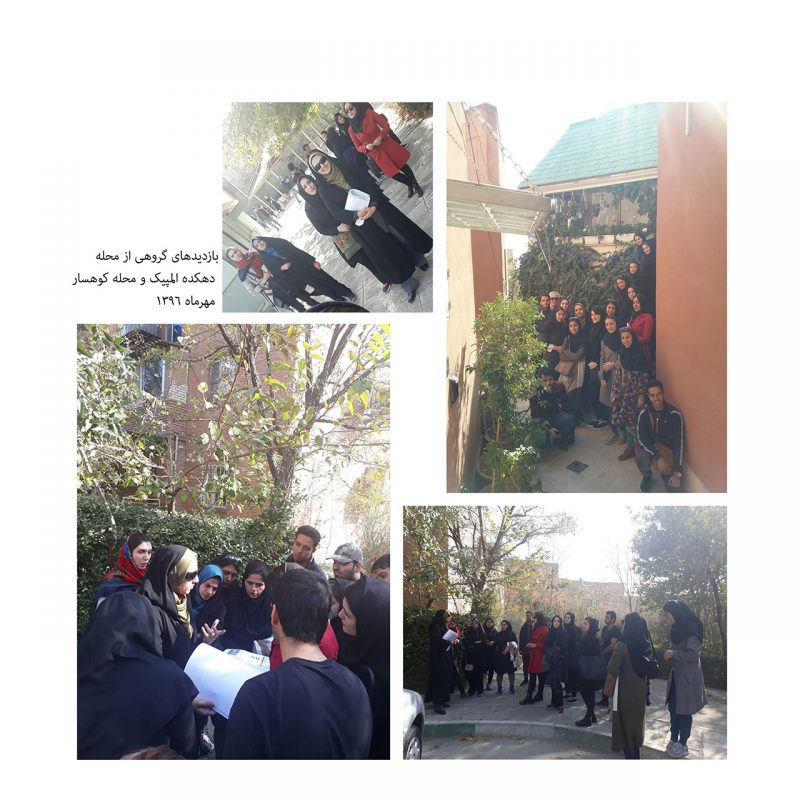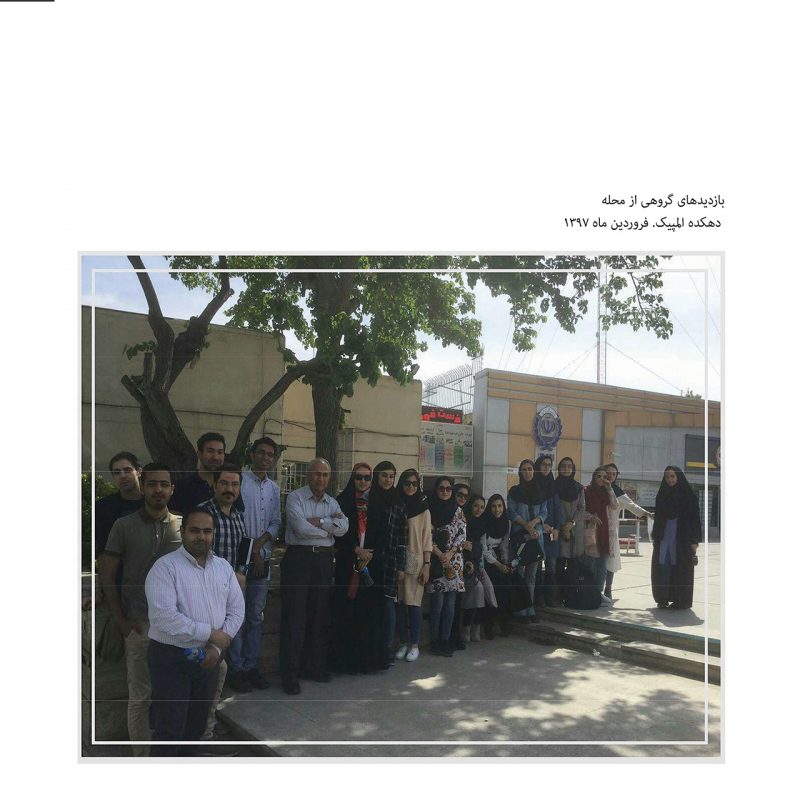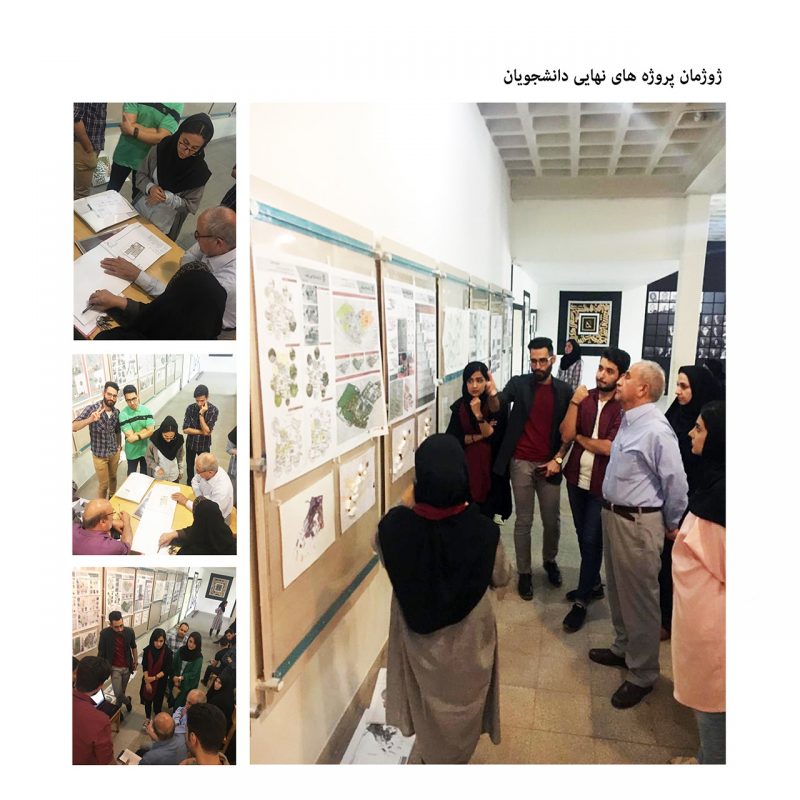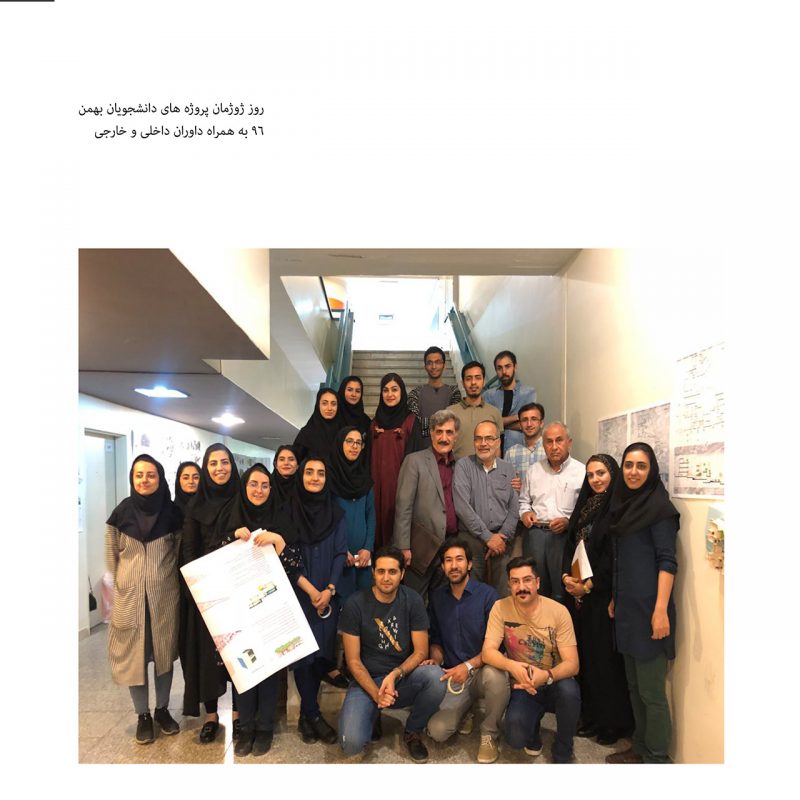Regeneration of Old Fabric, Urban Neighborhood
Explanation & Analysis
Course in School of Architecture & urban planning, Iran University of Science and Technology.
Course Time: Sep 2017-january 2020
Macro-scale volumetric design including the view, landscape, and architecture of residential complex in the macro scale:
The first sketch aims to design the overall volume and structure of the complex.
The view and landscape of the collection include the skyline, distant view, the edges and walls, as well as the method of dividing the collection into blocks and sub-collections, nodes, landmarks, paths.
The fabric of the complex contains the gridding and hierarchy of paths, empty and full spaces, blocks, and the segmentation of the land and volumes of the complex.
Further, the complex architecture encompasses the grading of the scale of residential units and building blocks, spatial organization, architecture and the physical sequence of pathways and public spaces, walls, and urban views.
In this exercise, paying attention to the following visual and perceptual qualities of the environment seems necessary:
• Unity, diversity, scale, proportionality, transparency, and legibility;
• Orientation and the sense of place;
• Sequence of order and hierarchy;
• Identity;
• Ability to recognize the components and the whole;
• Focusing on the texture and context, as well as the site base and the proper link between the surroundings in terms of landscape and texture
Therefore, the application of urban design in the figure-ground, communication, and space theories is considered as essential in this exercise.
In particular, introducing and analyzing the site, setting goals, principles, and ideas of the design process and its presentation, as well as designing and presenting different alternatives are necessary as well. The above-mentioned practice is conducted by a mock-up with dough or flexible materials, which is finally presented by a mock-up with appropriate materials and the required perspectives and plans
Following Sketch 1 (designing a residential unit and introducing the main and secondary patterns of units) and according to previous studies, students design a neighborhood unit including a block of buildings and neighboring homes by considering the following issues:
A. Setting environmental conditions and relations with nature;
B. Zoning private, public, semi-public, and semi-private areas, as well as paying attention to semi-private and semi-public areas or the shared areas of neighboring units with respect to the culture and behavior of local residents;
C. Highlighting the full and empty volume in the whole and parts, and the semi-full or indoor spaces, which are commensurate with the climate and environmental conditions;
D. Exploiting and using the potential of the neighborhood in designing the complex in order to create a whole with a desirable physical and visual quality;
E. Emphasizing physical qualities such as unity, diversity, proportions, human scale, identity, and native tradition


